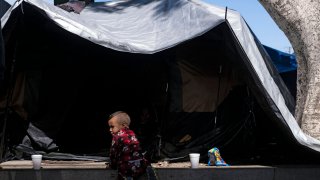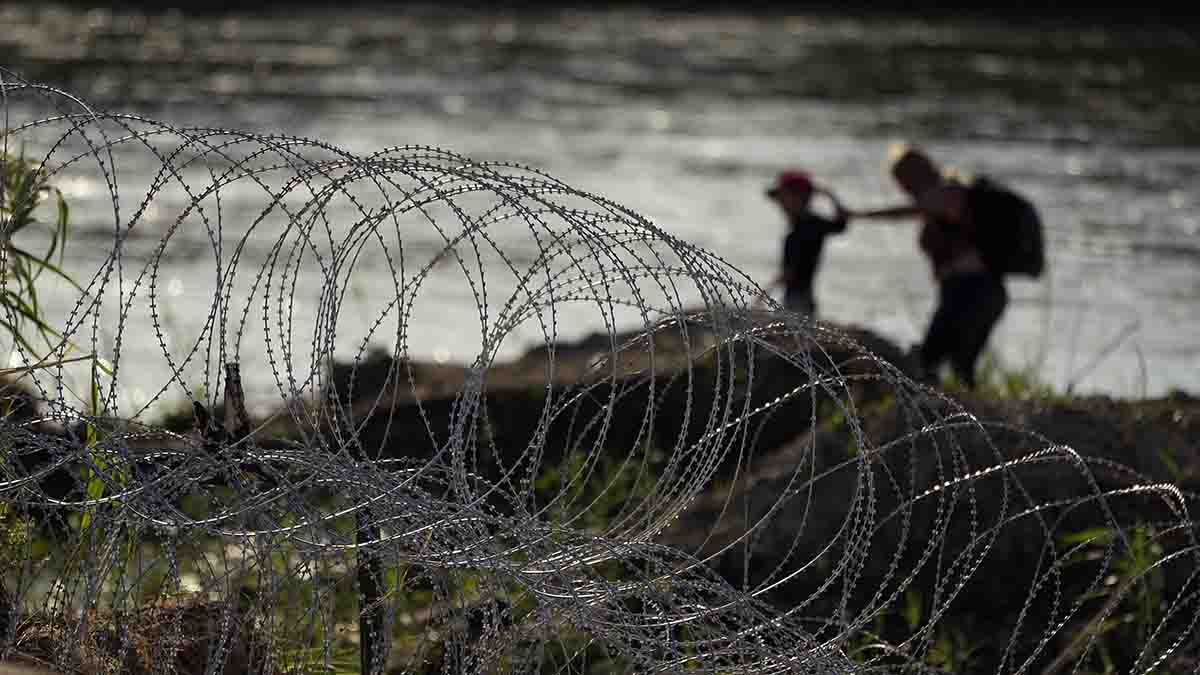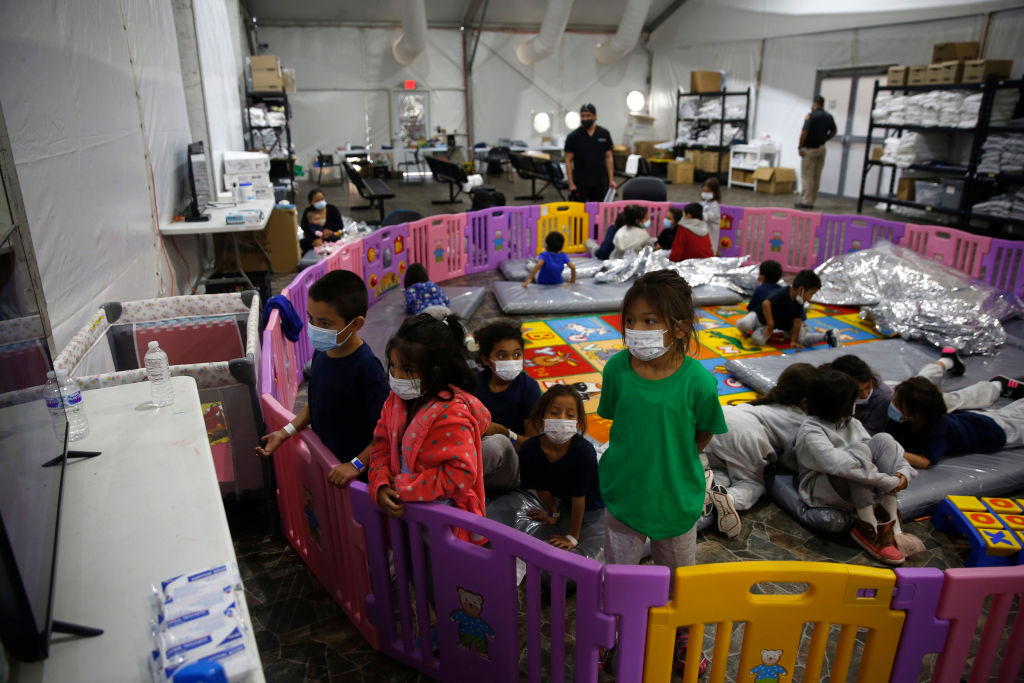
Record numbers of children are making perilous journeys through Latin America and the Caribbean, often alone, and from countries as far away as Asia and Africa, the U.N. children’s agency said Thursday.
UNICEF said in a Child Alert that in the past three years the proportion of children moving along the major migration routes in Latin America and the Caribbean has climbed to a record high of 25%, up from 19% in 2019. Globally, children make up 13% of people on the move and the numbers in Latin America and the Caribbean, and rivaled only by Sub-Saharan Africa where children also account for 25% of the migrant population, it said.
“The driving forces behind child migration are numerous and complex, encompassing factors such as rampant gang violence, the escalating effects of climate change, and exacerbated inequalities and poverty, magnified by the COVID-19 pandemic and subsequent lockdowns,” Gary Conille, UNICEF’s Latin America and Caribbean director, told a news conference.
Conille said children in the region are migrating at an increasingly young age, and UNICEF said those under 11 years old now account for up to 91% of youngsters at some key transit points.
Get top local stories in Philly delivered to you every morning. Sign up for NBC Philadelphia's News Headlines newsletter.
At one of the most dangerous routes through the Darien jungle between Colombia and Panama, UNICEF said at least 29,000 children made the perilous crossing in 2021, an estimated 40,000 in 2022, and over 60,000 in the first eight months of 2023 – half of them under the age of five.
So, 2023 already holds the record for the most child crossings, UNICEF said.
When children cross several countries and sometimes more, Conille said, “disease and injury, family separation and abuse may plague their journeys and, even if they make it to their destination, their futures often remain at risk.”
According to the alert, the number of refugee and migrant children apprehended at the U.S. southern border has also increased.
The U.S. Customs and Border Protection recorded over 149,000 children crossing in the fiscal year 2021, more than 155,000 in fiscal year 2022, and over 83,000 in the first eight months of fiscal year 2023, UNICEF said.
”The situation confronting children on the move in Latin America and the Caribbean is unparalleled in its complexity and scale, demanding immediate attention and decisive action,” Conille said.
UNICEF in partnership with governments and civil society organizations is providing assistance and support to migrants, refugees, and displaced children across 20 countries in Latin America and the Caribbean, he said.
UNICEF said its appealed for $160.5 million to meet the needs of refugees and migrant children in Bolivia, Brazil, Chile, Colombia, Dominican Republic, Ecuador, Guyana, Peru, Trinidad and Tobago and Uruguay – but it had received less than 20%, about $32.5 million, as of August.
It has also appealed for $142.3 million for children and migrant families on the migration route across Central America and Mexico this year but has received just 26%.



